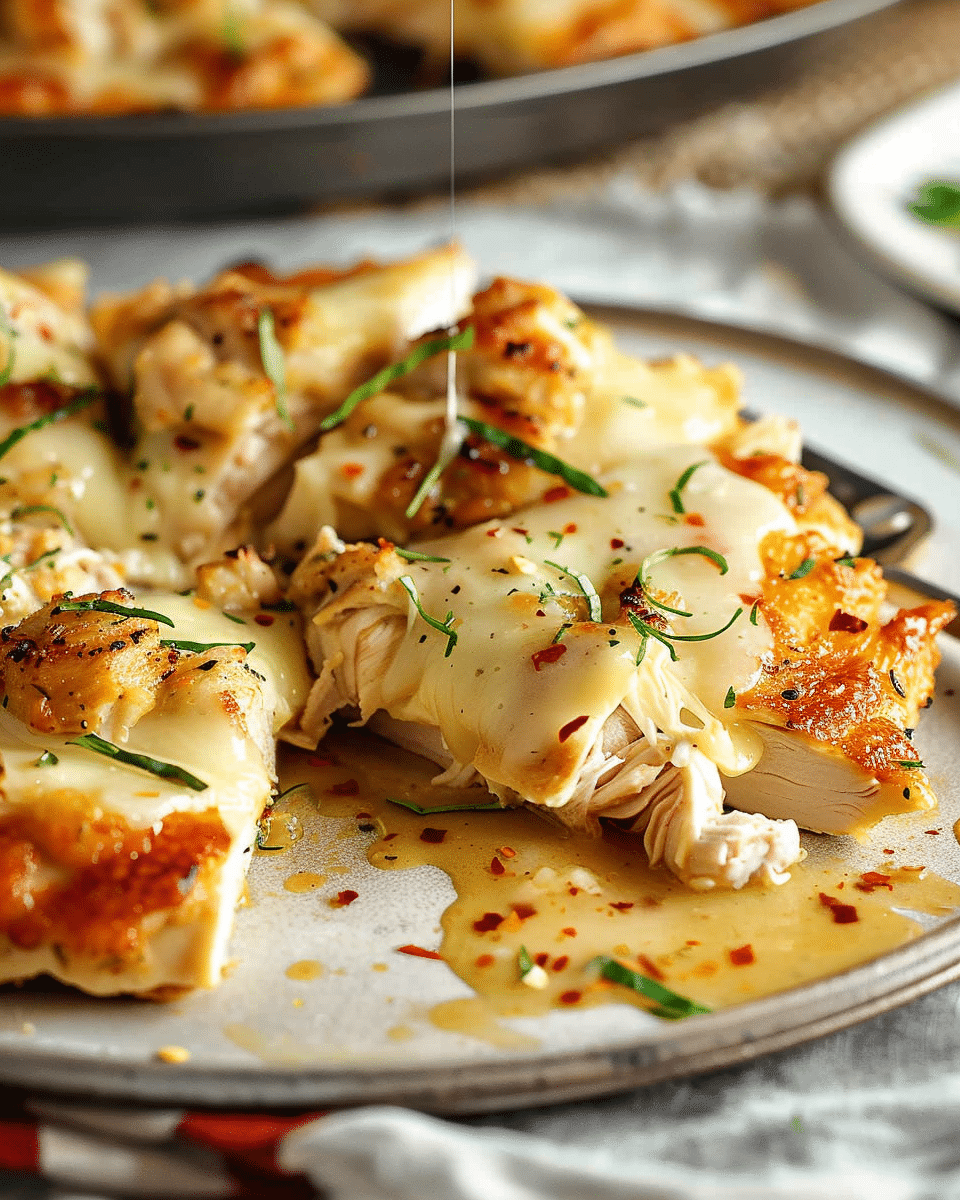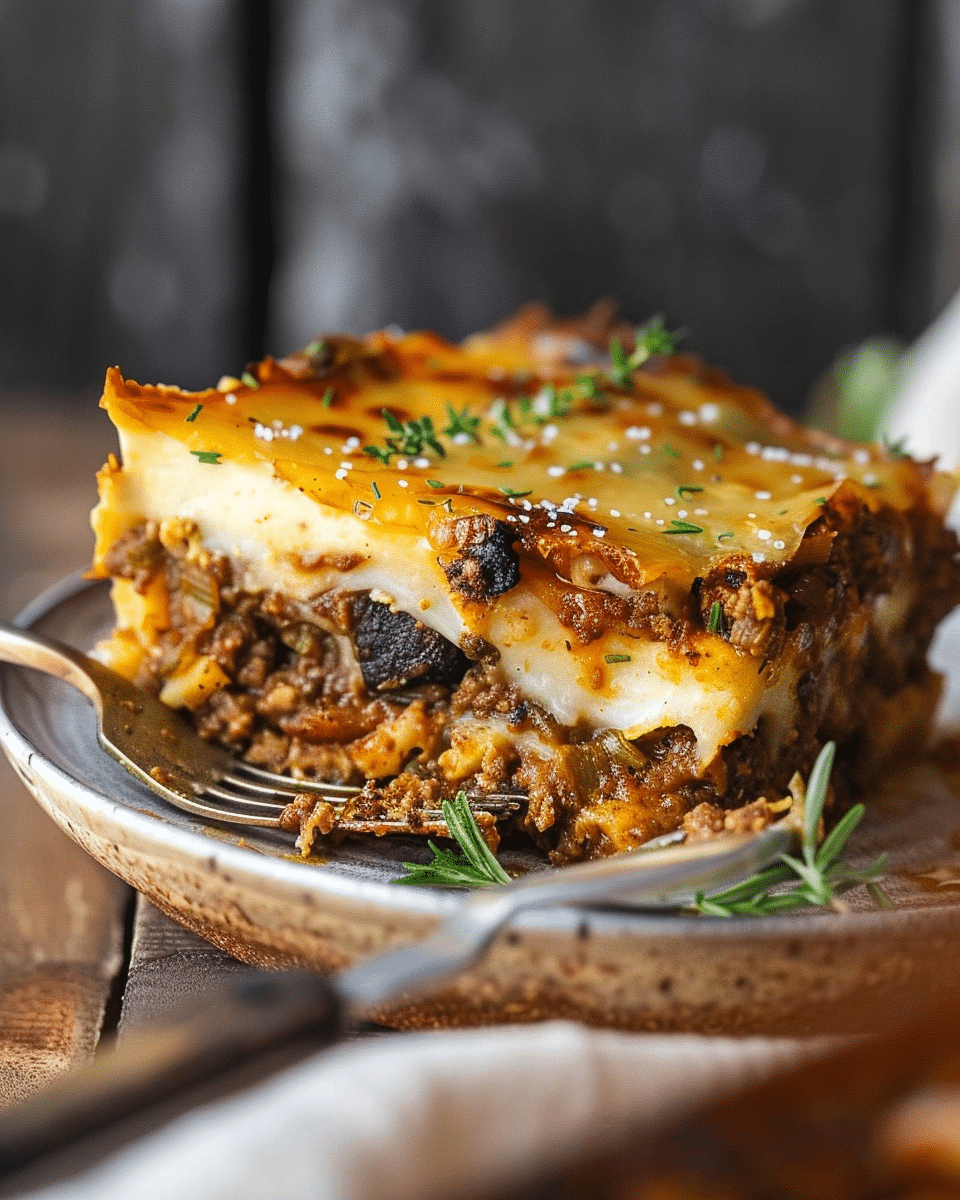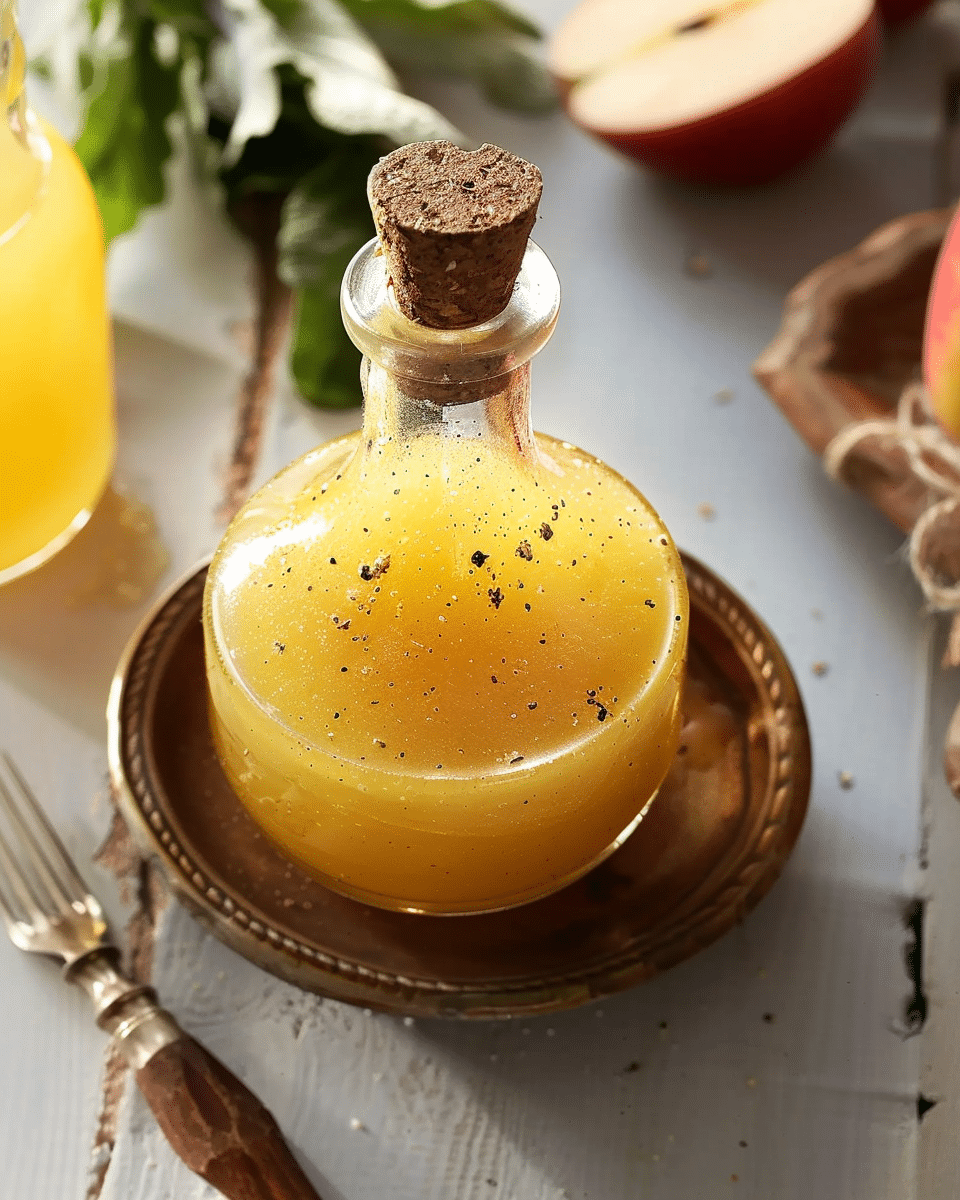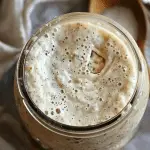Cheesecake, a creamy and decadent dessert, often leaves us with leftovers. But what to do with them? Enter the world of freezing cheesecakes, a method that can be both a lifesaver and a game-changer.
Why Consider Freezing Cheesecakes?
Freezing cheesecakes can be a boon, especially when you’ve baked a large one for a small gathering. It ensures no wastage and lets you enjoy the dessert another day.
The Science Behind Freezing Desserts
When you freeze desserts, the water content turns into ice crystals. The key is to ensure these crystals don’t affect the texture or flavor of the cheesecake.
Can I Freeze Cheesecake?
– The Short Answer
Yes, you can! With the right steps, your cheesecake can taste just as fresh after thawing.
– The Long Answer: Factors to Consider
Absolutely, cheesecake can be frozen, but there’s more to it than simply tossing it into the freezer. Freezing a cheesecake is not just about preserving its taste, but also its texture, appearance, and overall quality. Let’s dive deep into the factors you should consider when freezing a cheesecake:
Type of Cheesecake:
Not all cheesecakes are created equal. A dense New York-style cheesecake will freeze and thaw differently than a lighter, no-bake cheesecake. The ingredients and consistency play a significant role in how well a cheesecake will handle the freezing process.
Ingredients Used:
Cheesecakes with high fat content (like those made with full-fat cream cheese) tend to freeze better than low-fat versions. Additionally, cheesecakes with alcohol or gelatin might not freeze as well, as these ingredients can affect the texture upon thawing.
Toppings and Add-ins:
While the cheesecake base might freeze well, certain toppings like fresh fruit, whipped cream, or mousse layers might not fare as well in the freezer. They can become watery or lose their texture. It’s often best to add these toppings after thawing.
Packaging:
Air is the enemy when freezing cheesecakes. It can lead to freezer burn, which affects both the taste and texture of the cheesecake. It’s essential to wrap the cheesecake tightly in plastic wrap or aluminum foil and then place it in a freezer bag or airtight container.
Duration:
While freezing can extend the life of a cheesecake, it’s not indefinite. For optimal flavor and texture, it’s best to consume the frozen cheesecake within one to two months.
Thawing Process:
How you thaw the cheesecake is just as crucial as how you freeze it. Rapid temperature changes can affect its texture. It’s recommended to thaw the cheesecake slowly in the refrigerator rather than at room temperature.
Moisture Control:
Condensation can be a concern when thawing a cheesecake. Before freezing, consider placing a layer of parchment paper or plastic wrap directly on the surface of the cheesecake to prevent ice crystals from forming.
Taste Test:
If you’re planning to freeze multiple cheesecakes for future events, consider doing a test run. Freeze a small portion of cheesecake, thaw it after a few days, and check its taste and texture. This will give you an idea of how well your specific recipe handles freezing.
Related: Churro Cheesecake Recipe
Types of Cheesecakes and Their Freezing Compatibility

Cheesecakes come in a variety of styles and flavors, and their ability to be frozen can vary based on their ingredients and preparation methods. Here’s a breakdown of some popular types of cheesecakes and their freezing compatibility:
New York-Style Cheesecake
Description: This is a dense, rich, and creamy cheesecake that’s often made with cream cheese, sugar, eggs, and sour cream. It has a smooth consistency and is usually baked in a springform pan.
Freezing Compatibility: Excellent. Wrap tightly in plastic wrap and then in aluminum foil or place in an airtight container. Can be frozen for up to 3 months.
Chicago-Style Cheesecake
Description: Similar to the New York style but with a slightly firmer texture and often a shortbread crust.
Freezing Compatibility: Very good. Follow the same guidelines as for the New York-style cheesecake.
Italian-Style Cheesecake
Description: Made with ricotta cheese instead of cream cheese, resulting in a lighter and grainier texture.
Freezing Compatibility: Good, but the texture might change slightly upon thawing. It’s best consumed fresh, but can be frozen if wrapped properly.
French-Style Cheesecake
Description: Lighter and more mousse-like in texture, often made with gelatin and Neufchâtel cheese.
Freezing Compatibility: Fair. Due to its delicate texture, it might not hold up as well in the freezer as denser cheesecakes.
No-Bake Cheesecake
Description: Made without baking, this cheesecake often relies on gelatin or whipped cream to set. It has a lighter, mousse-like texture.
Freezing Compatibility: Good. While it can be frozen, the texture might become a bit denser upon thawing.
Vegan Cheesecake
Description: Made without any animal products, often using ingredients like cashews, coconut milk, or tofu as the base.
Freezing Compatibility: Good to very good, depending on the specific recipe. Some vegan cheesecakes freeze exceptionally well, especially those made with cashews.
Chocolate, Fruit, or Other Flavored Cheesecakes
Description: These are variations of the above types but with added flavors or ingredients.
Freezing Compatibility: Generally follows the freezing guidelines of their base type. However, if the cheesecake has a topping (like fruit or caramel), it’s best to add the topping after thawing to maintain the best texture and flavor.
Steps to Properly Freeze a Cheesecake
- Cool the Cheesecake: Before freezing, ensure that the cheesecake has completely cooled to room temperature after baking.
- Prepare the Cheesecake: If your cheesecake has toppings or is very delicate, consider freezing it for about an hour without wrapping to firm it up a bit. This will prevent the toppings from getting squished or the cheesecake from getting damaged when you wrap it.
- Wrap in Plastic Wrap: Tightly wrap the entire cheesecake, or individual slices, in plastic wrap. Ensure there are no air pockets.
- Add a Layer of Aluminum Foil: After wrapping in plastic, wrap the cheesecake in aluminum foil. This provides an extra layer of protection against freezer burn.
- Label and Date: Using a marker, label the cheesecake with the date and type of cheesecake, so you can easily identify it later and know how long it’s been in the freezer.
- Store in Freezer: Place the wrapped cheesecake in the freezer. It’s best to store it in a flat position to maintain its shape.
- Thawing: When you’re ready to eat the cheesecake, remove it from the freezer and let it thaw in the refrigerator for several hours or overnight. For a quicker thaw, you can leave it on the countertop, but ensure it doesn’t sit out for too long to maintain its freshness.
- Enjoy: Once thawed, enjoy your cheesecake as you normally would!
Remember, while freezing can preserve the cheesecake, it’s best to consume it within a couple of months for optimal flavor and texture.
Thawing Your Frozen Cheesecake
Plan Ahead:
- Remember that thawing cheesecake takes time. Depending on the method you choose, it can take several hours to overnight. So, plan ahead to ensure your cheesecake is ready when you want to serve it.
Refrigerator Thawing (Recommended):
- Remove the cheesecake from the freezer.
- Keep the cheesecake in its original wrapping or container to prevent it from absorbing any odors from the refrigerator.
- Place the cheesecake on a plate or tray to catch any condensation.
- Allow the cheesecake to thaw in the refrigerator for 6-8 hours or overnight for best results.
- Once thawed, the cheesecake can remain in the refrigerator for up to 5 days.
Countertop Thawing:
- If you’re in a bit of a hurry, you can thaw your cheesecake on the countertop.
- Remove the cheesecake from the freezer and its original wrapping.
- Place it on a plate or tray.
- Allow it to sit at room temperature for 1-2 hours.
- Be cautious with this method, especially during warmer months, as the outer layer can become too soft while the inside remains frozen.
Microwave Thawing:
- This method is the quickest but can affect the texture of the cheesecake if not done carefully.
- Remove the cheesecake from its wrapping and place it on a microwave-safe plate.
- Use the defrost setting, checking the cheesecake every 30 seconds to prevent it from becoming too soft or starting to cook.
- Once thawed, serve immediately.
Serving:
- Once your cheesecake is properly thawed, you can add any toppings or sauces you like.
- Use a knife dipped in hot water to make clean cuts.
- Serve and enjoy!
Tips:
- Always store leftover cheesecake in the refrigerator.
- If you plan to freeze your cheesecake again, ensure it’s wrapped tightly in plastic wrap or aluminum foil to prevent freezer burn.
Remember, the key to a delicious cheesecake is its texture. Thawing it properly ensures that you get the creamy, smooth consistency that cheesecake is known for. Enjoy!
Common Mistakes When Freezing Cheesecakes
Properly freezing a cheesecake is crucial to maintain its texture, flavor, and overall quality. Here are some common mistakes people make when freezing cheesecakes and how to avoid them:
Not Cooling Before Freezing:
- Mistake: Placing a warm cheesecaùke directly into the freezer.
- Solution: Always allow your cheesecake to cool completely at room temperature and then refrigerate it for several hours or overnight before freezing. This prevents the formation of ice crystals on the surface.
Inadequate Wrapping:
- Mistake: Not wrapping the cheesecake tightly or using improper materials.
- Solution: Wrap the cheesecake securely in plastic wrap, followed by a layer of aluminum foil. This double layer helps prevent freezer burn and keeps out any odors from the freezer.
Freezing with Toppings:
- Mistake: Freezing the cheesecake with wet or fresh toppings like fruit or whipped cream.
- Solution: Freeze the cheesecake plain and add toppings after thawing. This ensures the toppings remain fresh and the cheesecake doesn’t become soggy.
Not Using an Airtight Container:
- Mistake: Simply placing the wrapped cheesecake in the freezer without an additional layer of protection.
- Solution: After wrapping, place the cheesecake in an airtight container or a heavy-duty freezer bag. This adds an extra layer of protection against freezer burn and odors.
Freezing for Too Long:
- Mistake: Keeping the cheesecake in the freezer indefinitely.
- Solution: While freezing can extend the life of your cheesecake, it’s best consumed within 1-2 months. After this period, the quality and flavor may start to decline.
Not Labeling:
- Mistake: Not labeling the cheesecake with the date of freezing.
- Solution: Always label your cheesecake with the date it was frozen. This helps you keep track of how long it’s been stored and ensures you consume it while it’s still at its best.
Thawing Incorrectly:
- Mistake: Thawing the cheesecake too quickly or at inconsistent temperatures.
- Solution: Thaw the cheesecake slowly in the refrigerator. Avoid countertop or microwave thawing unless absolutely necessary, as these methods can affect the texture and consistency of the cheesecake.
Refreezing Thawed Cheesecake:
- Mistake: Refreezing a cheesecake that has already been thawed.
- Solution: It’s not recommended to refreeze a thawed cheesecake as it can degrade its texture and flavor. If you must, ensure it’s consumed quickly after the second thaw.
By avoiding these common mistakes, you can ensure that your frozen cheesecake remains as delicious and creamy as the day it was made. Enjoy!
Benefits of Freezing Cheesecakes
Extended Shelf Life One of the primary reasons people freeze cheesecakes is to extend their shelf life. Fresh cheesecakes typically last for about a week in the refrigerator. By freezing them, you can enjoy your dessert for up to a month or even longer without compromising much on its taste or texture.
Convenience
Ever had unexpected guests or a sudden craving for cheesecake? Having a frozen cheesecake on hand can be a lifesaver. You can thaw and serve it without the hassle of baking a fresh one.
Minimized Waste
Sometimes, we might bake or buy more cheesecake than we can consume immediately. Freezing allows us to store the excess, preventing wastage and ensuring we have a treat for another day.
Retains Freshness
When properly stored, a frozen cheesecake can retain its freshness, flavor, and texture. This means that even after weeks, you can enjoy a cheesecake that tastes almost as good as it did when it was first made.
Economical
Buying ingredients in bulk or during sales and then baking and freezing cheesecakes can be cost-effective in the long run. This way, you always have a dessert ready without the need for frequent shopping trips.
Flexibility in Baking
If you love baking, you can prepare multiple cheesecakes when you have the time and freeze them. This allows you to have a variety of flavors and types ready to be enjoyed at different times.
Maintains Nutritional Value
Freezing preserves the nutritional value of foods. So, the vitamins and minerals present in the ingredients of your cheesecake remain intact even after freezing.
Perfect for Meal Planning
If you’re someone who likes to plan meals or desserts ahead of time, especially for events or gatherings, freezing cheesecakes can be a part of your strategy. You can prepare in advance, ensuring you’re not overwhelmed closer to the event.
Reduces Last-minute Stress
For events or special occasions, having desserts like cheesecake already prepared and frozen can significantly reduce the stress of last-minute preparations.
Allows for Experimentation
If you’re trying out a new cheesecake recipe and are unsure about the results, you can freeze a portion of it. This way, if the recipe is a hit, you have more to enjoy later; if not, you haven’t wasted the entire dessert.
In essence, freezing cheesecakes offers a blend of practicality and indulgence. It ensures that this delightful dessert is always within reach, ready to satiate your cravings or impress your guests at a moment’s notice.
FAQs
How long does cheesecake last in the fridge? Cheesecake can last in the refrigerator for about 5 to 7 days when stored properly in an airtight container. However, the exact duration may vary depending on the recipe and ingredients used.
How long does homemade cheesecake last in the fridge? Homemade cheesecake, like any other cheesecake, typically lasts in the refrigerator for around 5 to 7 days if stored correctly. Be sure to cover it with plastic wrap or aluminum foil to prevent moisture loss and odors from affecting its taste.
How long does cheesecake last in the freezer? Cheesecake can last in the freezer for an extended period, typically up to 1-2 months or even longer if properly stored in an airtight container or wrapped tightly in plastic wrap and aluminum foil. Freezing helps preserve the freshness and flavor of the cheesecake.
Can you put cheesecake in the freezer to set quicker? Yes, you can put cheesecake in the freezer to set it more quickly, but it’s important to follow certain steps to prevent issues like freezer burn or a change in texture. First, allow the cheesecake to cool at room temperature for about an hour. Then, place it in the freezer for 1-2 hours or until it firms up. After that, transfer it to the refrigerator to finish setting overnight. This method helps expedite the setting process without compromising the quality of your cheesecake.
Conclusion: To Freeze or Not to Freeze
In the grand scheme of desserts, cheesecakes are versatile. Freezing them can be a fantastic way to prolong their shelf life and enjoy them later. Just remember the tips and tricks mentioned above, and you’re good to go! Discover the “Are You Kidding Me Cake Recipe” to delight your family.









